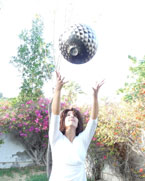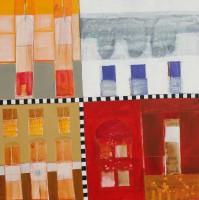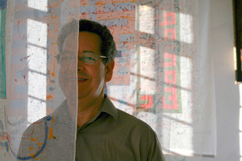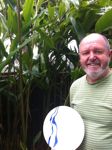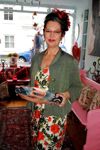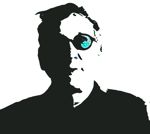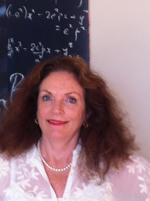I love clay. I just love the feel of it and the way it responds to my fingers, remembering and recording my slightest touch. I also love the way clay is both timeless and universal. It connects us to other cultures and older generations and yet allows us to express contemporary values too; ancient traditions with a new twist.
The development of human civilization goes hand in hand with the development of pottery, from early, bonfire-baked pots to Limoges porcelain, man has utilized the basics of clay, water and fire to create vessels that are at both useful and beautiful.
My early career as a journalist in London meant that initially, potting was a hobby. It turned into a passion after I moved to Kenya. In my thatched, mud walled, Nairobi studio I learned to coil build in the traditional African way, techniques shared by other cultures all over the world.
I was born in Cyprus but am now based in Dubai and, having lived on three continents, enjoy how my peripatetic life has resulted in diverse cultural influences finding their way onto my pots.
My forms are symmetrical but I am not after perfection; I love the subtle vitality of coiled pots where the hand and not the wheel directs shape and form.
I concentrate on simple forms, mainly bowls that open out from narrow bases, and tend to eschew glazes in favour of the warm, natural surface of bare, burnished clay, often allowing the fire and smoke to have the final, unpredictable word. The work is raku fired which involves the pot being removed red hot from the kiln at around 850 degrees Celsius then smoked in sawdust. It has a glaze layer that is designed to fall off like eggshell, revealing patterns made by smoke from the fire bonding onto the naked clay.
Caring for your pot: My pots are designed as sculptural objects and should not be filled with water or used to serve food in. Because of their relatively low firing they are still porous. Keep out of direct sunlight and polish occasionally with natural beeswax.
